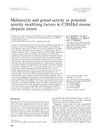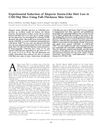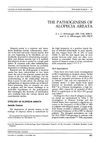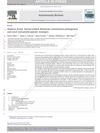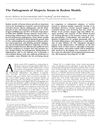Alopecia Areata: Animal Models
July 2002
in “
Clinical and Experimental Dermatology
”
alopecia areata C3H/HeJ mouse DEBR rat inflammatory hair loss autoimmune flow cytometry microarray characterization cell manipulation lymph node cell transfer transgenic knockout mice genetic susceptibility epigenetic factors Th1 cell hair follicle immune privilege antigen presentation autoreactive lymphocytes regulatory cell deficiencies AA immune system genetics epigenetics immune cells
TLDR Alopecia areata is influenced by genetics and immune system factors, and better understanding could improve treatments.
Several rodent models, particularly the C3H/HeJ mouse and DEBR rat, were used to study alopecia areata (AA), an inflammatory hair loss disease with suspected autoimmune elements. Research methods included flow cytometry, microarray characterization, cell manipulation, lymph node cell transfer, and transgenic knockout mice. Findings indicated that AA development relied on genetic susceptibility, with major and minor genes influencing disease severity, and epigenetic factors affecting onset and persistence. AA in rodents was primarily Th1 cell mediated, involving breakdown of hair follicle immune privilege, antigen presentation, autoreactive lymphocytes, and regulatory cell deficiencies. Rodent models helped evaluate current AA treatments and develop new therapies, suggesting that further understanding could lead to improved interventions.
